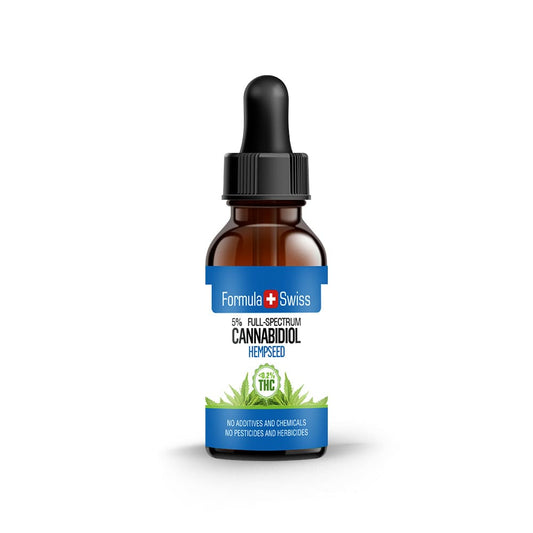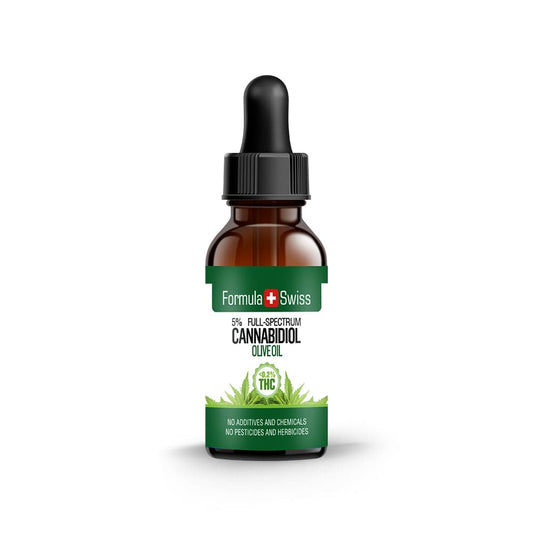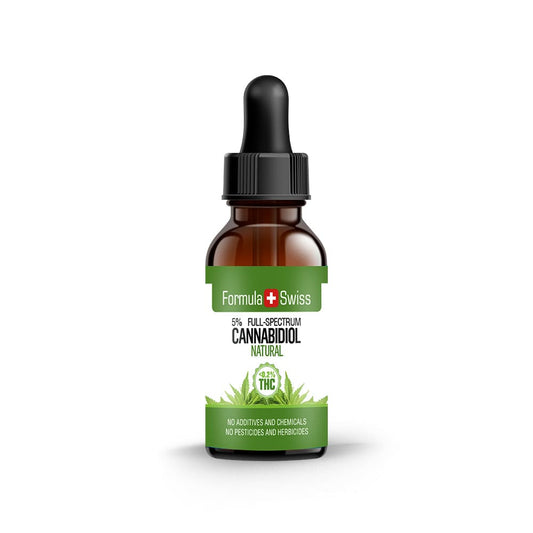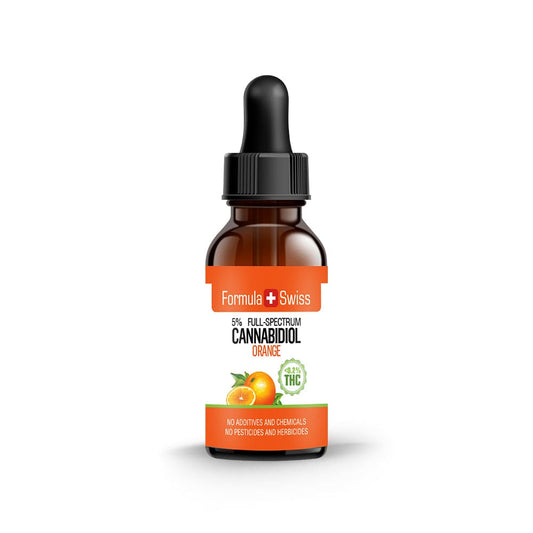Understanding Hemp and Cannabis: A Botanical Perspective
In the realm of botany, hemp and cannabis are often misunderstood. Despite being scientifically classified under the same genus, Cannabis, their differences are significant. Hemp, known for its low tetrahydrocannabinol (THC) content, typically falls below 1% THC, distinguishing it from its counterpart. This botanical classification has profound implications for their use and legal status.
The Legal Distinction: THC Content and Regulations
The legal difference between hemp and cannabis hinges on THC levels. Governments worldwide have set thresholds, usually between 0.2% and 1% THC, to legally separate hemp from cannabis. This distinction is not merely academic but deeply impacts cultivation, usage, and regulation.
Historical Context: From Ancient Use to Modern Regulations
Historically, hemp and cannabis were not differentiated. Ancient civilizations utilized these plants for various purposes, ranging from making ropes and clothing to medicinal and recreational uses. However, the 20th century saw stringent regulations, often banning both forms of cannabis, including low-THC hemp. These prohibitions are gradually being lifted in many regions, recognizing the distinct properties and benefits of hemp, particularly in the CBD industry.
The Rise of CBD and Policy Modernization
The burgeoning popularity of cannabidiol (CBD), primarily derived from low-THC hemp, is reshaping legal landscapes. Lawmakers are increasingly inclined to reform policies favoring the CBD market, a stark contrast to the stringent regulations on higher THC cannabis.
The Current State: Legal Semantics and Industry Growth
Today, the primary difference between hemp and cannabis is rooted in legal semantics, with one industry focusing on low-THC hemp and the other on higher THC cannabis. However, this distinction may blur as industries evolve and new products emerge, such as delta-8 and delta-9 from low-THC hemp.
Regulatory Challenges and Future Directions
Regulatory bodies struggle to keep pace with the expanding range of hemp-derived products, including non-CBD variants. This situation reveals the inefficiency of categorizing cannabis based solely on THC content and suggests a need for more consistent and comprehensive regulatory approaches.
- Botanical classification of hemp and cannabis
- THC thresholds for legal distinction
- Historical use of cannabis plants
- Impact of CBD popularity on legal reforms
- Emerging industry trends and regulatory challenges






